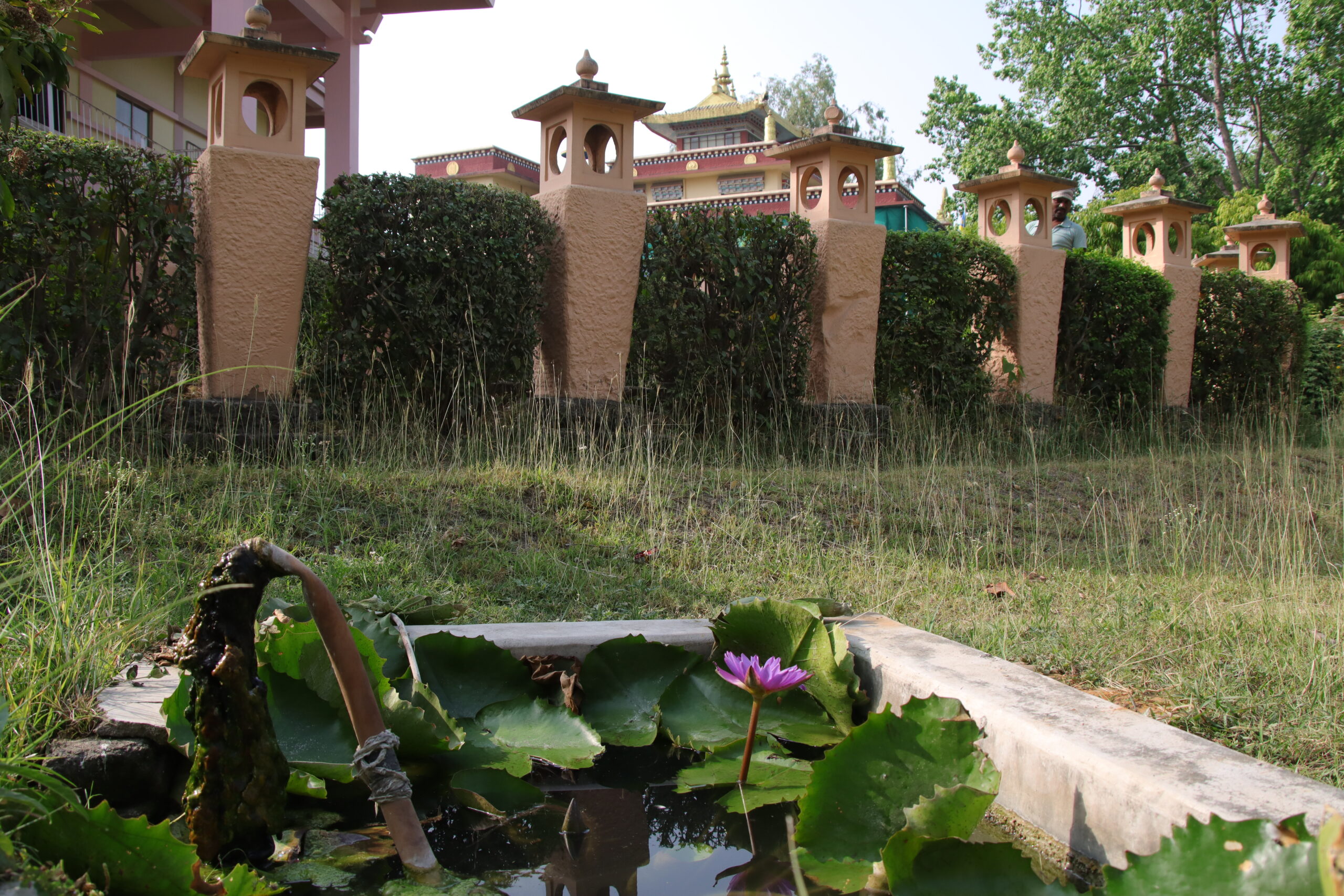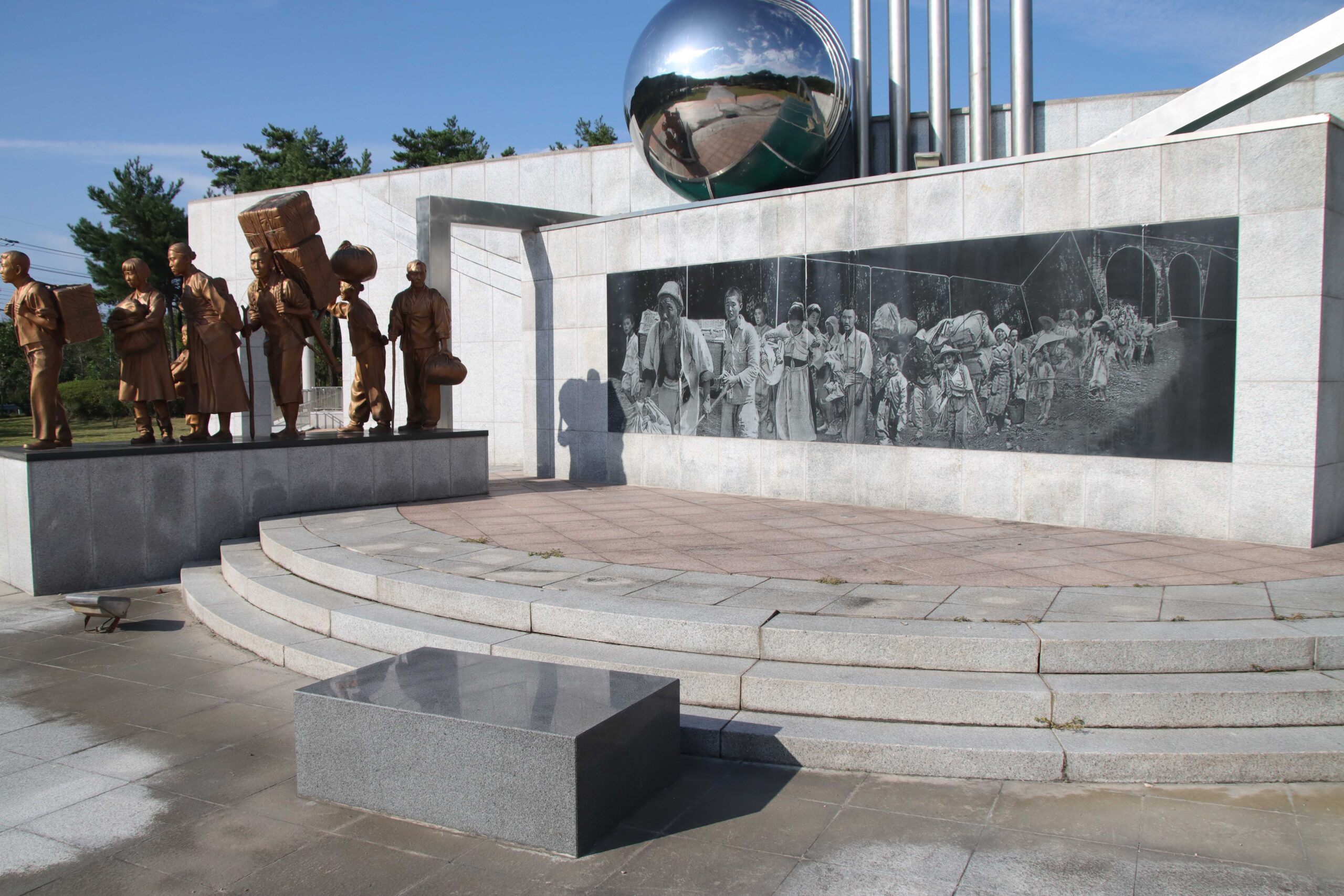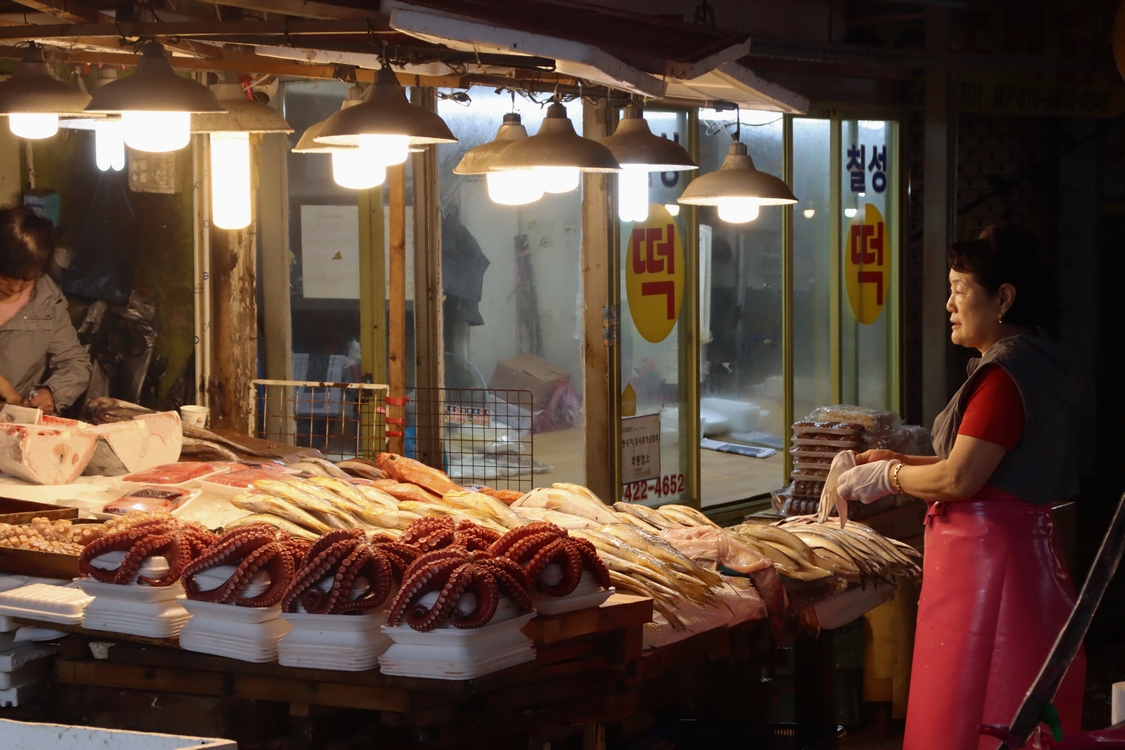The total canon of Buddhism is vast, with dozens of sutras containing millions of words of the Tathagata (one of the names for Buddha) expounding on his teachings. The earliest and most prominent Boddhisatvas, Arhats, and Lamas also have contributed works that are considered important, but while exploring the area of Bodh Gaya, the modern town where 2,500 years ago Buddha achieved Liberation, and seeing the backbreaking poverty of the Indians there, my mind was drawn back to the Mahayana sutras Complete Enlightenment and the Lotus Sutra. In these, references are constantly made to two periods in history that would follow Lord Buddha’s Parinirvana (his final demise). The first was called the Semblance Dharma, where the count of years would grow so long that Buddha’s original teachings, he predicts, would become muddied and hold a ‘semblance’ of what they should be. The second, and one most prevalent in my mind at the time, was from the Sutra of Complete Enlightenment and called ‘the Period of the Dharma’s Termination’.
Lord Buddha knew well the true nature of sentient beings. There had been a long time before a Buddha had appeared in the world, and there would be a long time after before another followed him. During this, the Dharma, like many faiths of old, would be forgotten, trampled over, and destroyed as part of sentient beings following their cravings. His quest as he saw it then was to furnish as many as he could reach with the key to the Dharma door of Liberation, and ensure someone carried on that work after he left his physical body behind. There was a peak at which Buddhism was the dominant organized religion in Asia, stretching from the islands of Indonesia, up to Korea, as far westward as Afghanistan, and as far south as Sri Lanka. Undoubtedly there were millions of sentient beings saved during this long period of the True Dharma. But Buddha’s predictions came true, and whether it was the conquering Persians, Afghans, or Nawabs destroying Buddhist monasteries in favor of their new Islam, or the grip of the communist plague, hundreds of millions more lost the path, or any knowledge that it existed.
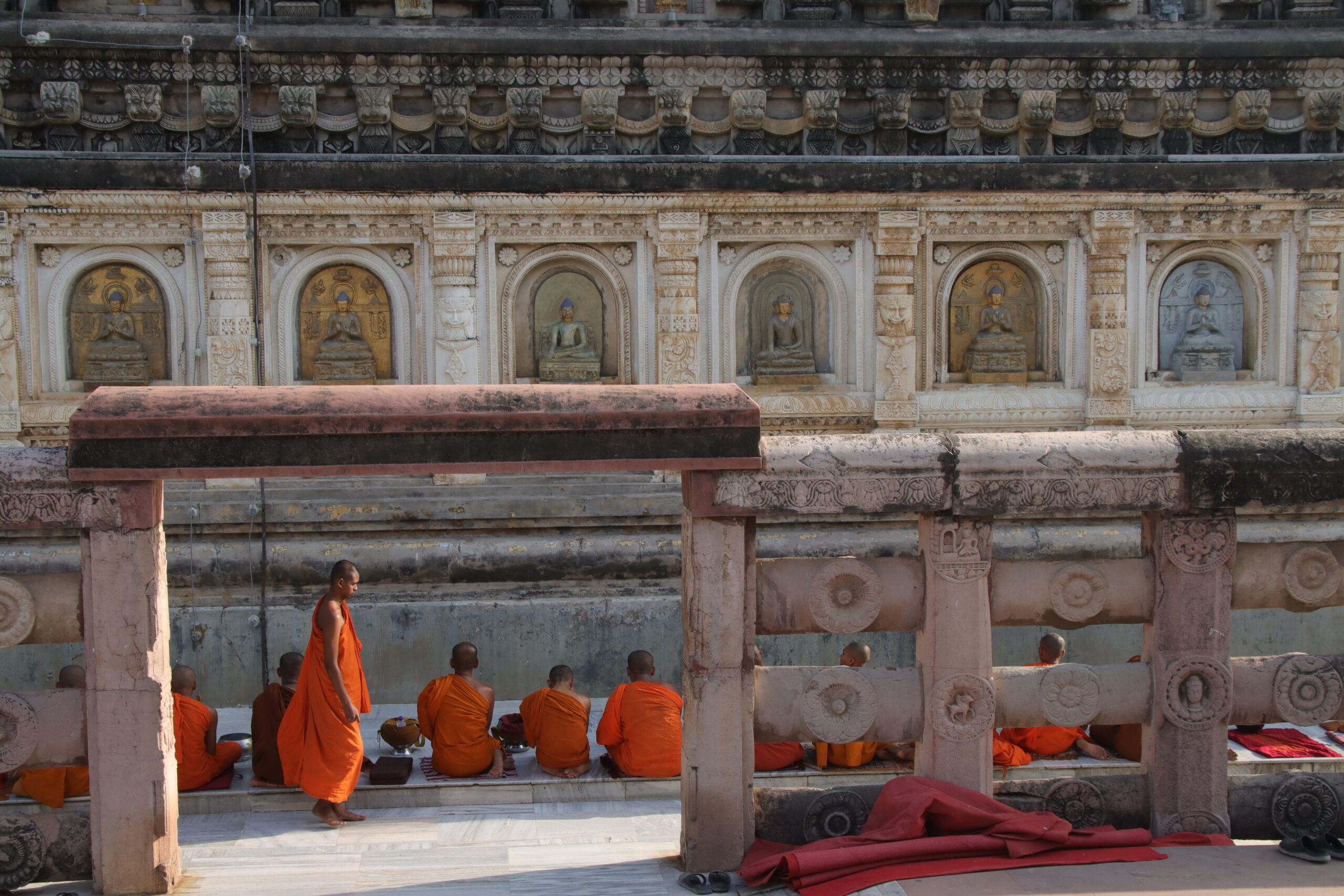
This is not a theological history lesson to chastise modernity in favor of a theoretical perfect society of Buddhist temperance and compassion, but merely to color in the landscape I was witnessing as I traversed places that were once centers of learning, high standards of living, and peace, but were now desperately poor, scratching around the dirt over which Buddhist pilgrims and governments of Buddhist nations now tread. In many ways, it was a profound lesson in the Dharma teachings of impermanence and avoidance of attachments. This is because of the principles of Anika, Anatta, and Dukkha, which state that all things which come must also go, that everything which rises must also diminish, and that no matter what you do, everything you try and hold onto will pass beyond your reach; because the physical limits of its form expire, your craving for it eventually diminishes, or its attachment to you is severed by it.
As much as I wanted to see something that looked like a Rome or Mecca of brown and yellow robes, of chanting morning and evening, of temple music—drums and bells and horns—ringing out of a hundred monasteries, I knew that these things are at best just methods to teach the Dharma of Lord Buddha, and at worst distractions. Yet from here I will depart from my theosophical writing and switch to a more secular angle.
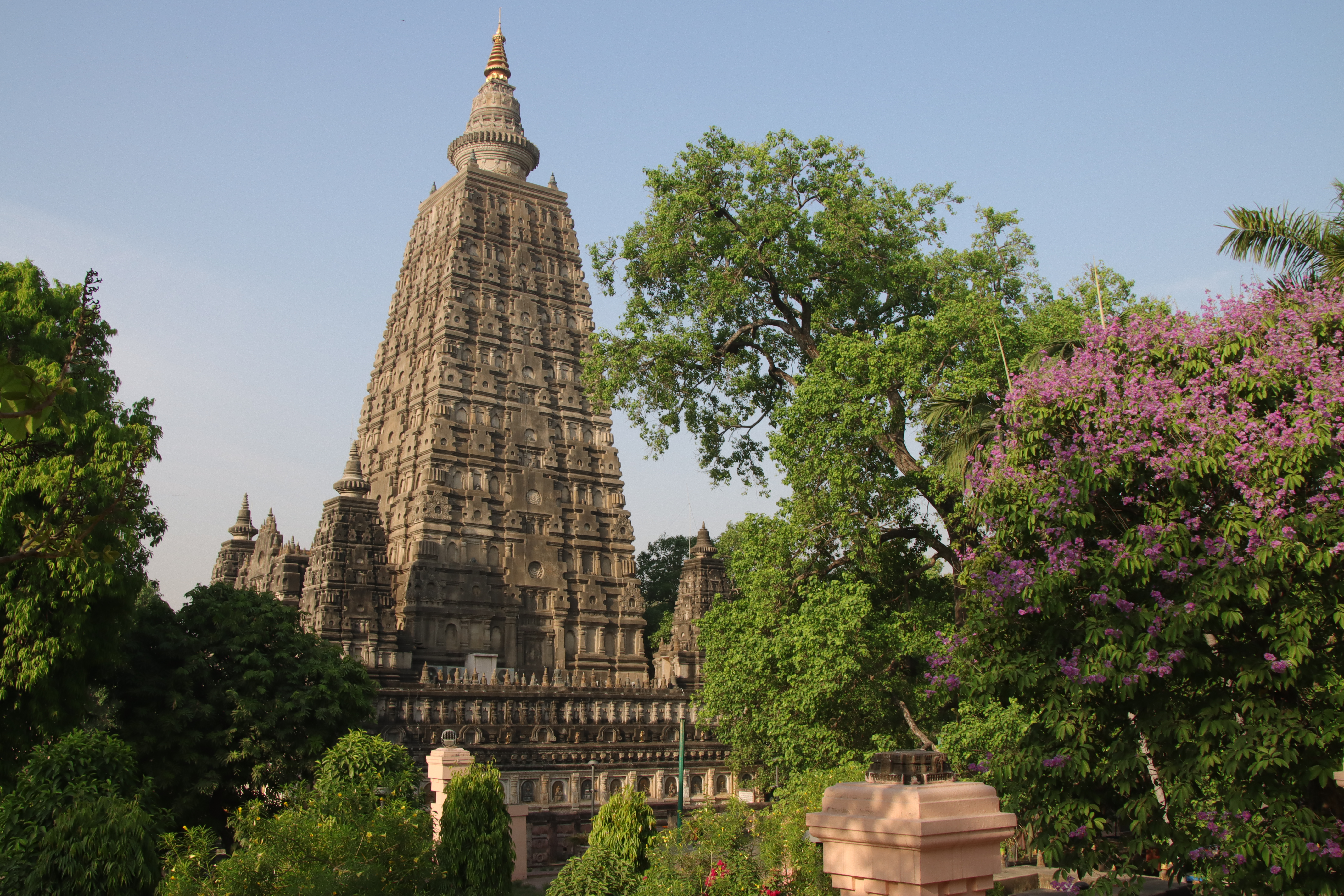
It is incredibly strange to see a Buddhist monastery rise from beautiful gardens in colors of blue, yellow, while, and red, in which porcelain Buddhas are honored with fresh incense hourly, sat behind high walls and iron gates, outside of which every third local is hawking chewing tobacco and Lay’s potato chips from a cart in 43°C weather, or to see lines of orange-robed Theravada monks sitting in a UNESCO World Heritage Site with their alms bowls out waiting for tourists and visitors to offer them food or money because doing a traditional alms run through the village would likely have them encountering Hindus with less means than they have themselves. Every site of standing water has been turned into a trash heap rather than a lotus pond, and the building materials seem unable to last very long. The bricks of the barrios are kept together by mortar, but the mortar is exceptionally grainy and spread without much consistency. For household fuel, neither gas nor wood nor coal is used, but cow dung rolled with straw into cakes that are dried in the Sun. Everywhere are spent plastic packets of chewing tobacco which is mixed with a white powder the origin of which I haven’t divined. It’s turned the mouths of many of the locals into what looks like the teeth of a beaver trap in which the beaver thus trapped was never removed and began to decay.
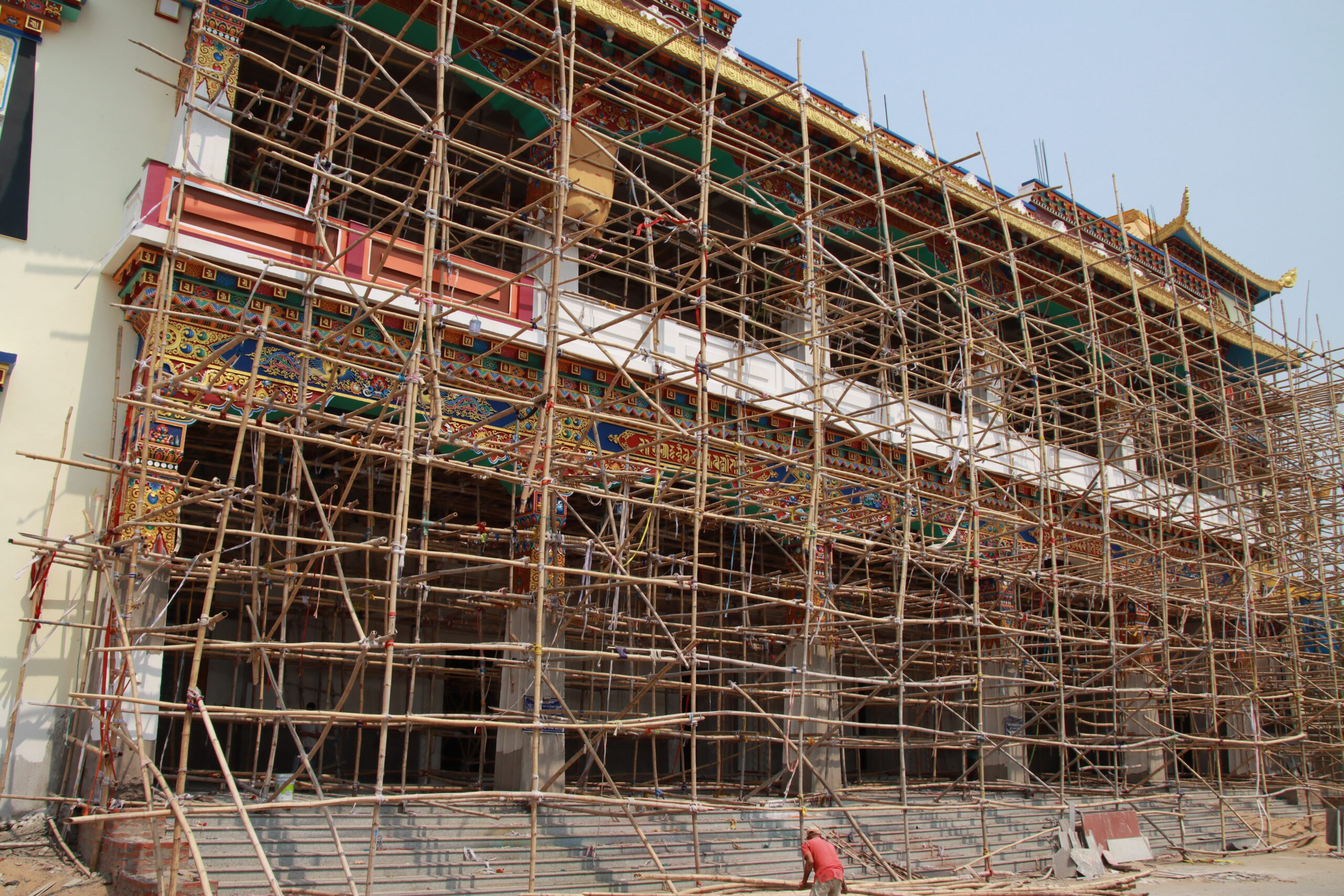
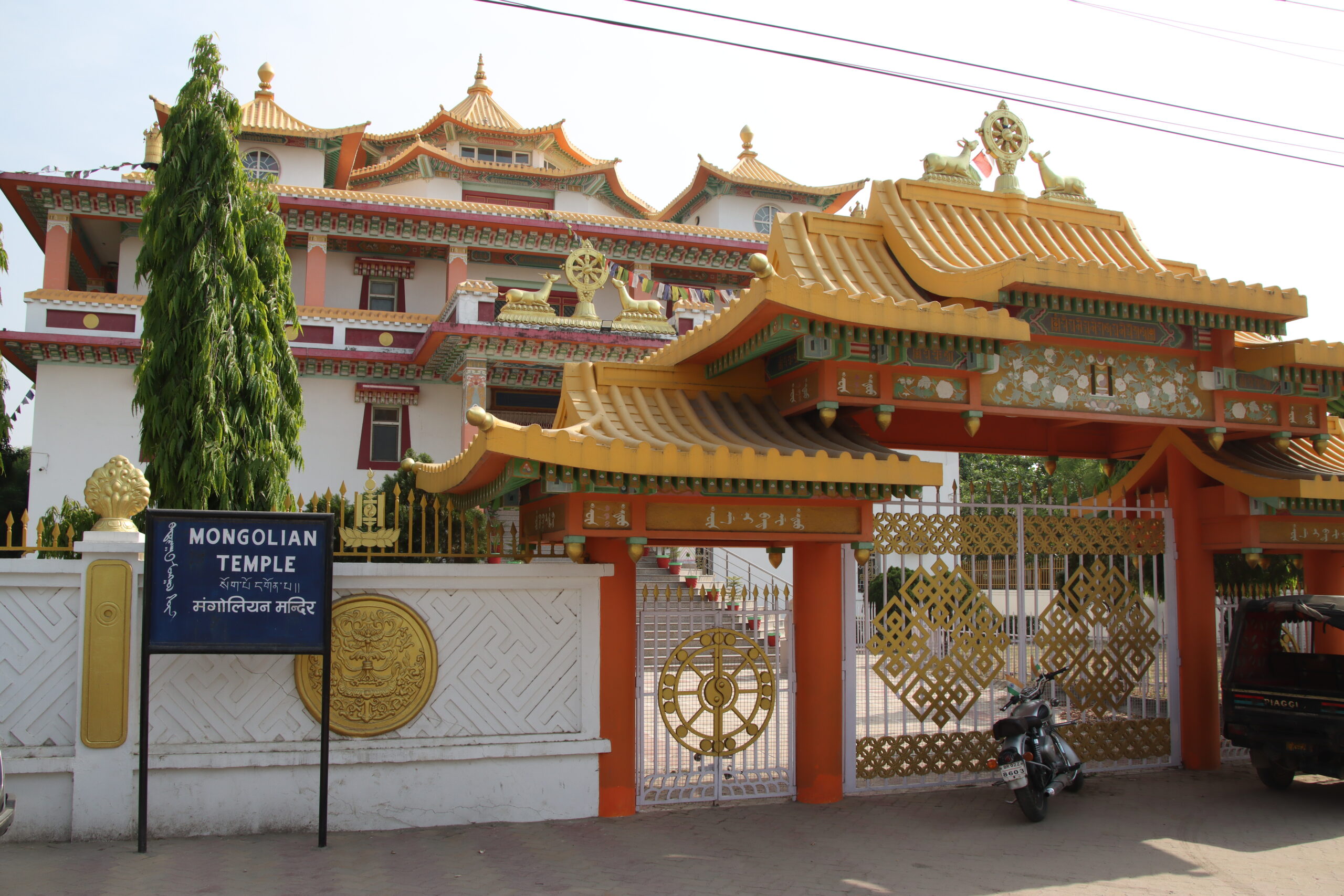
I extrapolate in order to imagine what a Buddhist society or government fund in Thailand or Bhutan must feel like when they hear there is this magical place set to draw pilgrims from all across the world to honor the Tathagata’s Bodhi tree, temple, and Dharma, and that it’s great merit to build a monastery there, only to arrive and find that, while this place exists, it sits within a shanty town with no municipal trash collection, unreliable electricity, and shoddy building materials. It is to the great credit of the international Buddhist community that many of these monasteries and temples immediately launched social welfare and charity programs aimed at alleviating the poverty in the town of the Buddha’s Enlightenment, and that they still continue to come in numbers, with new monasteries and temples adding to the large number already there. Many come from countries not famous for levels of disposable income, like Mongolia, Myanmar, or Sri Lanka. But still the Buddhists come. Important stupas have been raised including one containing bone slivers of the Buddha himself, it is believed, although he was cremated upon his Parinirvana, so they may be instead from one of his disciples. I’m not qualified to speculate, as the stupa and the relics interred within were consecrated by the 14th Dalai Lama and he may know more of the subject than I do.
The story of the Dharma-Ending Age in this place is worse than just being contained within the villages, but is also told through the monks. I had the fortune of meeting and learning from a great devotee and student of Lord Buddha from the Sri Lankan Theravada forest monastery tradition. This monk told me that he was shocked to find the condition of the Sangha (the order of monks or nuns) at Mahabodi Temple—nearly every ordained person there handles money, which is a pretty big no-no for monks. Some he saw outrightly scamming tourists—saying they had some school or were building some new charity compound, and would take visitors’ money in exchange for a blessing. One monk tried to bless me with wealth and success—a direct contradiction to the teachings of Lord Buddha’s Noble Eightfold Path, one of the most basic Dharma instructions.
I was altogether left with the strange feeling that our worldwide compact, our worldwide Sangha, our faith— it wasn’t in the best shape. It couldn’t seem to convince people living in waste on its very precipice of its merits. It couldn’t keep the monks and nuns from erring even in the shadow of what should be its most glorious address. And of the people visiting, the whole thing seemed alike to visiting the Roman Colosseum: a place to take selfies in front of every stone statue and speak louder and louder so as to be heard over the crowd. Not one in one hundred seemed to recognize they were in a most holy place, and that people all around them were trying to contemplate the Dharma, or meditate in peace.
PICTURED ABOVE: A single lotus flower blooms in an unkempt garden at Bodh Gaya. PC: Andrew Corbley ©
